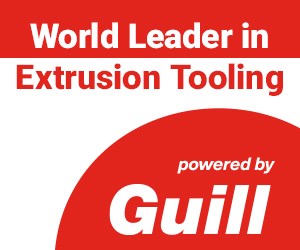VW Adopts PP Intake Manifolds in Two Car Engines
Glass-reinforced PP with proprietary heat-stabilization enhancement has emerged as a competitor for nylon in air-intake manifolds of two Volkswagen car engines: a three-cylinder gasoline engine in Brazil and Europe and a 1.6-liter, four-cylinder engine produced in China.
Glass-reinforced PP with proprietary heat-stabilization enhancement has emerged as a competitor for nylon in air-intake manifolds of two Volkswagen car engines: a three-cylinder gasoline engine in Brazil and Europe and a 1.6-liter, four-cylinder engine produced in China. The PP intake manifolds, injection molded by Germany’s Röchling Automotive, boast a 15% weight and cost advantage over nylon. Moreover, the lower density of PP also results in lower acoustic emissions than nylon manifolds, VW reports.
According to Röchling product manager Marco Barbolini, the 15% cost savings vs. nylon is made possible by the lower melting temperature and density as well as the need for fewer processing steps. Since PP does not need drying, and the mold and melt temperatures are lower, production is less energy intensive. Despite the lower processing temperature, Röchling has been able to reach nearly the same continuous operating temperature of 120 C for the PP manifolds as with nylon. However, this requires special heat stabilization to protect the PP against degradation over time.
Rochling is currently producing PP intake manifolds in China, Europe, and Brazil. In one of the regions, the company is using a chemically coupled PP/glass compound developed a couple of years ago by Borealis Polymers, Mechelen, Belgium, specifically for air-intake manifolds and other parts exposed to high temperatures and loads. This Xmod GB306SAF satisfies all VW criteria, such as long-term high-temperature and chemical resistance, vibration and fatigue resistance, and temperature cycles between -40 C and 120 C with a peak temperature of 140 C. The geometry of the PP manifold had to be modified only slightly to achieve the same rigidity as with nylon.
According to Barbolini, in the other regions Röchling has worked with an unnamed PP supplier to jointly develop a material. He adds that there is significant know-how in coupling the glass fibers to the PP matrix.
Related Content
-
Prices of PE, PP, PS, PVC Drop
Generally, a bottoming-out appears to be the projected pricing trajectory.
-
Recycled Material Prices Show Stability Heading into 2023
After summer's steep drop, most prices leveled off in the second half.
-
The Fundamentals of Polyethylene – Part 2: Density and Molecular Weight
PE properties can be adjusted either by changing the molecular weight or by altering the density. While this increases the possible combinations of properties, it also requires that the specification for the material be precise.












